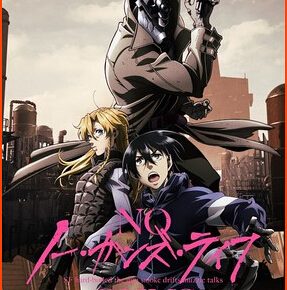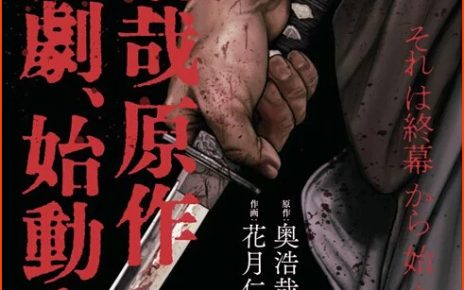Table of Contents
Exploring the Depths of “The Summer Hikaru Died” Episodes 1-3
The unsettling allure of the unknown and the terrifying intimacy of the familiar lie at the heart of “The Summer Hikaru Died.” This haunting series captivates audiences as it delves into complex themes of identity and acceptance. Three episodes in, the narrative continues to enthrall fans with its emotional depth and psychological horror.
Episode Summaries and Community Ratings
Episode 1 introduces the chilling concept with Yoshiki confronting an entity masquerading as his friend, Hikaru. The realization that Hikaru is no longer alive but replaced by a doppelganger sets the stage for a narrative rich in emotional conflict and horror. The community awards this episode a commendable score of 4.4.
Episode 2 continues to build on the existential horror as Yoshiki reluctantly accepts this new version of Hikaru despite his fears. The episode explores themes of deceit and genuine affection, earning it a solid 4.3 community score.
Episode 3 delves deeper into Yoshiki’s internal struggle as he grapples with his feelings for the creature that embodies his lost friend. The eerie mix of intimacy and fear leaves audiences with a score of 4.1.

The Multilayered Horror of “The Summer Hikaru Died”
Confronting the Unknown and the Self
The series masterfully balances the horror of the unknown with the terror of self-discovery. Yoshiki’s interactions with Hikaru’s doppelganger are fraught with emotional tension, as he navigates a landscape of fear and affection. This duality reflects the classic horror elements seen in works like “Invasion of the Body Snatchers,” but with a unique twist.
Yoshiki’s introspection reveals a deeper queerness and identity struggle, mirroring the frightening yet intriguing journey of self-acceptance. His love for Hikaru transcends the visible reality, pushing him to embrace their peculiar relationship.
Queer Identity and Emotional Resonance
Yoshiki’s emotional journey is a testament to the intricacies of queer identity. The horror in “The Summer Hikaru Died” is not just about external monsters, but also the internal conflicts that individuals face. The complexity of Yoshiki’s feelings towards Hikaru’s entity provides a rich narrative of love that defies societal norms.
The series beautifully portrays the struggle of hiding one’s true self amidst judgment and misunderstanding. This theme is echoed in the haunting pastoral horror of the small-town setting, reminiscent of titles like “Higurashi.”
Artistic Direction and Storytelling
Ryohei Takeshita’s direction shines through in this adaptation, infusing every scene with the oppressive heat and tension of summer. The series employs avant-garde storyboarding, similar in tone to “The Flowers of Evil,” creating a surreal and immersive experience.
This narrative technique serves to amplify the psychological horror and emotional turmoil faced by the characters, making each episode a visual and sensory delight.
Accessibility and Streaming Options
For those intrigued by the unfolding drama and horror, “The Summer Hikaru Died” is available for streaming on Netflix.
Final Thoughts
“The Summer Hikaru Died” continues to impress with its intriguing blend of horror, mystery, and emotional depth. The exploration of identity, love, and fear within the first three episodes sets a strong foundation for subsequent narratives. As the series progresses, audiences can anticipate further revelations and emotional twists that challenge perceptions and resonate long after viewing.
Whether you are a fan of psychological horror or profound character studies, “The Summer Hikaru Died” offers a unique experience that is both disturbing and deeply moving. With its promising narrative and artistic execution, it is a series that undoubtedly merits attention and ongoing discussion.


